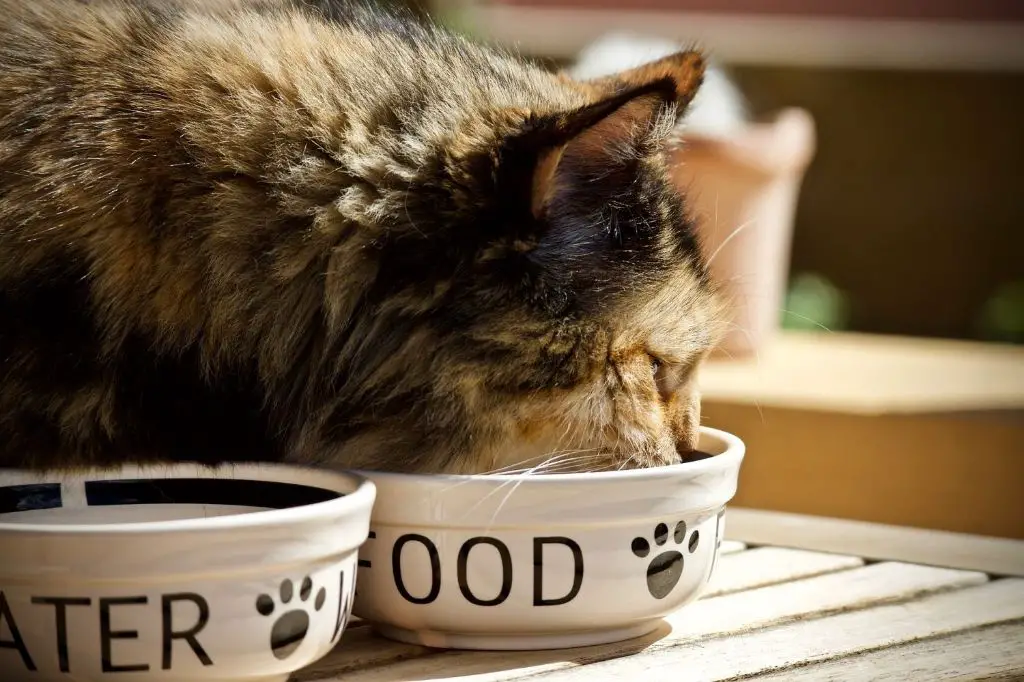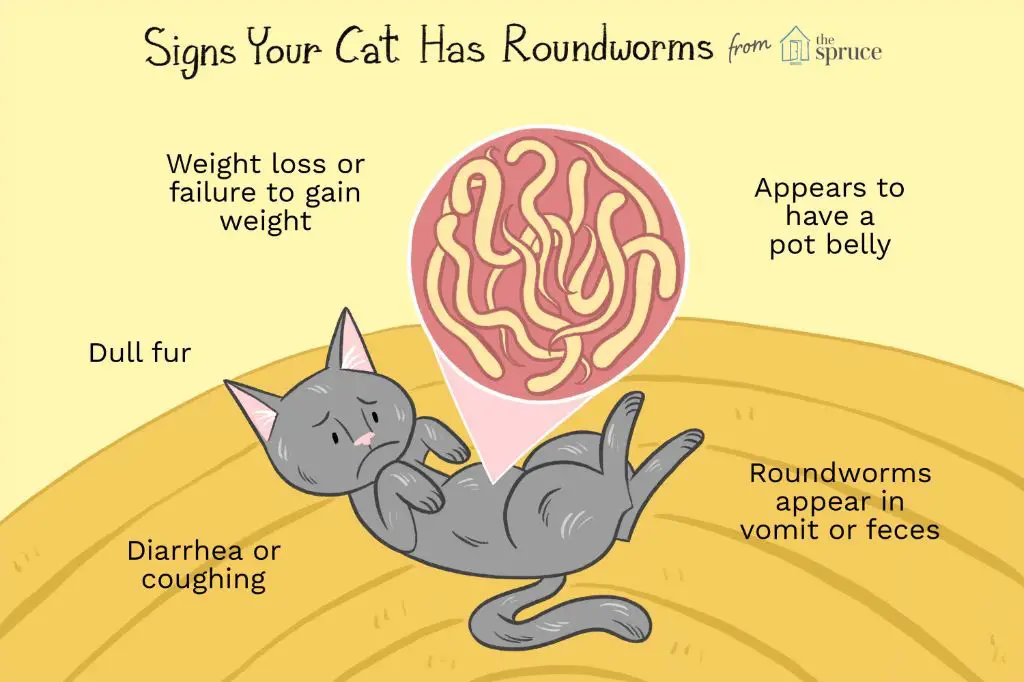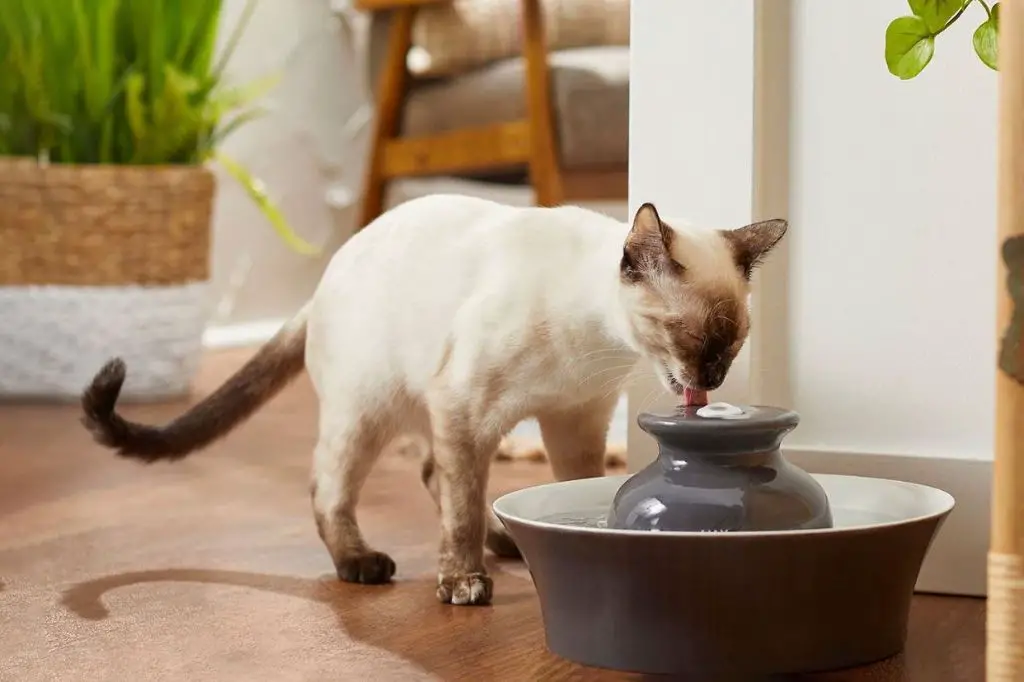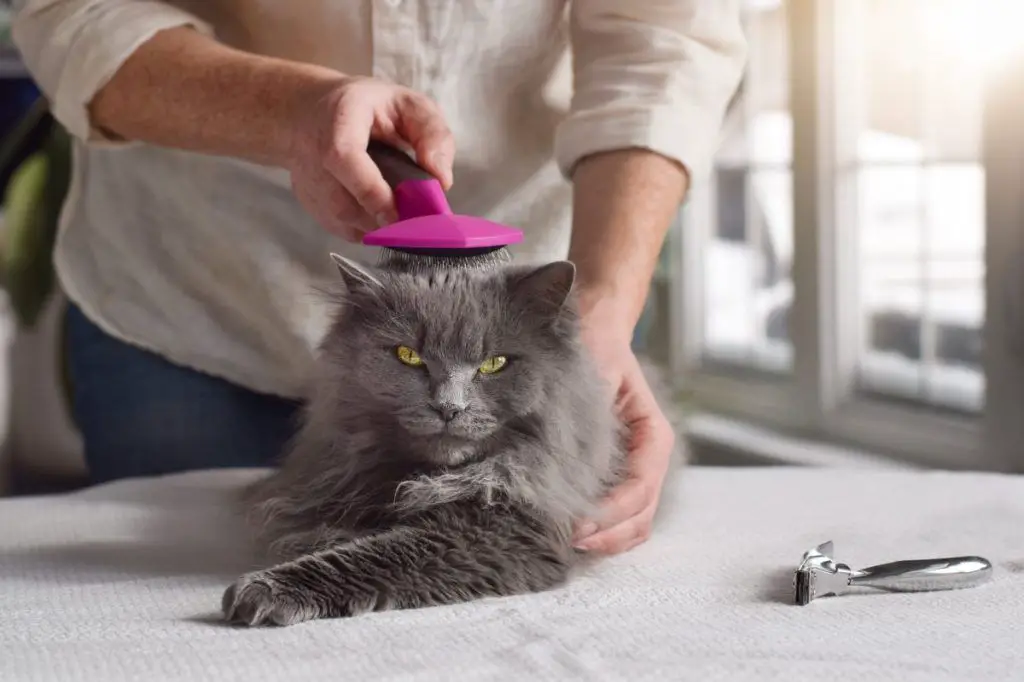Why Cats Vomit
It’s common for cats to vomit occasionally. According to Cornell University College of Veterinary Medicine, vomiting once per week or less in an otherwise healthy cat may be normal [1]. Reasons for occasional vomiting include:
- Eating too quickly
- Hairballs
- Allergies or intolerance to ingredients in food
VCA Animal Hospitals notes vomiting is not usually a cause for concern if it happens infrequently – less than once a month. However, frequent vomiting (more than once per week) or vomiting combined with lethargy, decreased appetite, or other symptoms may indicate an underlying health issue [2].
When to See the Vet
Vomiting can often resolve on its own, but it’s a good idea to have your cat seen by a vet if the vomiting persists more than 24 hours, if your cat seems lethargic or has a fever, or if you notice blood in the vomit. According to the VCA Animal Hospitals, persistent vomiting lasting over 24 hours, lethargy, fever, or the presence of blood are all reasons to seek veterinary attention.
You should also take your cat to the vet if the vomiting is accompanied by concerning symptoms like weight loss, diarrhea, loss of appetite, or if the vomiting seems excessive. As veterinarian Dr. Jessica Vogelsang notes on the Carolina Veterinary Specialists blog, frequent vomiting combined with lethargy, diarrhea, or other symptoms may indicate a potentially serious health issue that requires veterinary assessment.
So while occasional vomiting may not be a major concern, persistent vomiting or vomiting along with other symptoms does warrant having your cat seen by a veterinarian. It’s better to be safe than sorry when it comes to evaluating vomiting in cats.
Dietary Causes
There are several dietary reasons why a cat may vomit after eating, such as:

- Eating too fast – Cats that bolt down their food without properly chewing can end up vomiting soon after. Eating too quickly introduces air into the stomach and can lead to vomiting.
- Food allergies or intolerances – Some cats may have sensitivities or allergies to certain ingredients in cat food, like fish, beef, or wheat. This can irritate the digestive tract and cause vomiting.
- Low quality food – Cheap cat foods often contain filler ingredients that are hard to digest. This can overwhelm the digestive system and lead to vomiting.
- Abrupt diet change – Suddenly switching your cat’s diet can upset their stomach. Gradual transitions over 5-7 days can help avoid vomiting from diet changes.
- Overeating – When cats eat too much food at once, it may result in vomiting. Limit portions at mealtimes and avoid free-feeding throughout the day.
To prevent vomiting from dietary causes, feed smaller meals more frequently throughout the day. Slow-feed bowls can encourage cats to eat at a healthier pace. Gradually transition between diets over a week. And avoid cheap brands with fillers. If vomiting persists, consult your vet to rule out food allergies or intolerances.
Hairballs
Cats groom themselves frequently and ingest a lot of loose hair in the process. The hair that is swallowed accumulates in the stomach and intestines. Since hair cannot be digested, it forms into a hairball that the cat may vomit up.
Long-haired cat breeds like Persians and Maine Coons are especially prone to hairballs. The longer the hair, the more they ingest. But even shorthaired cats can get hairballs. Small amounts of hair are usually passed through the stool uneventfully. But when too much accumulates, nausea and vomiting can occur as the hairball irritates the stomach.
Treating a cat that is prone to hairballs involves giving a hairball medicine like Laxatone or a hairball formula cat food. These contain oils and fiber that help lubricate the hairball and allow it to pass through the digestive tract more easily.
Parasites
Intestinal parasites like worms and protozoa are a common cause of vomiting in cats, especially in kittens and cats that go outdoors. Roundworms, hookworms, tapeworms, and protozoa like giardia can infect a cat’s digestive tract and cause intermittent vomiting as the body tries to expel the parasite.
These parasites are more prevalent in outdoor cats who eat rodents and bugs that may be infected. Kittens can also pick up worms from their mother in utero or via milk. Diagnosis is done by checking a fecal sample under the microscope to identify worm eggs or protozoan cysts. Treatment is giving your cat a dewormer medication, often repeated 2-3 weeks later to fully clear the infection. Be sure to clean the litter box thoroughly since parasites spread through feces. Keeping your cat indoors and not allowing them to hunt can help prevent reinfection.

Sources:
https://www.petsandparasites.org/cat-owners/roundworms/
Diseases
Certain diseases can cause cats to vomit more frequently. Some examples include:
Pancreatitis – Inflammation of the pancreas often leads to nausea and vomiting. It can be acute or chronic in cats. Diagnosing pancreatitis usually requires bloodwork and treatment often includes anti-nausea medication, low-fat diet, and fluids (Cornell Feline Health Center).
Inflammatory bowel disease (IBD) – Chronic inflammation of the intestinal tract causes persistent vomiting and diarrhea. Diagnosis is made via intestinal biopsies and treatment consists of anti-inflammatory drugs, diet change, and sometimes steroids (VCA Animal Hospitals).
Hyperthyroidism – Overproduction of thyroid hormone often increases gastrointestinal motility leading to vomiting in cats. Diagnosis is made by blood tests and treatment usually involves anti-thyroid medication, diet change, or radioactive iodine therapy (Merck Veterinary Manual).
Kidney disease – Chronic kidney failure can cause nausea and vomiting in cats. It is diagnosed via bloodwork and urinalysis. Treatment focuses on intravenous fluids, anti-nausea medication, potassium supplementation, and reducing protein in the diet.
Toxins
Cats can become poisoned by ingesting common household chemicals like cleaners, pesticides, automotive fluids, and paint. Houseplants are another danger – lilies are extremely toxic to cats and even a small amount can cause kidney failure.
With toxins, cats often start vomiting rapidly after ingestion. Prevent access to hazardous materials by keeping them locked away. Call poison control or emergency veterinary services immediately if poisoning is suspected. Act swiftly, as toxins can be rapidly fatal if untreated.
Resources:
https://www.vet.cornell.edu/departments-centers-and-institutes/cornell-feline-health-center/health-information/feline-health-topics/poisons
https://www.cats.org.uk/help-and-advice/home-and-environment/poisoning
How to Care for a Vomiting Cat
If your cat is vomiting, there are some steps you can take at home to care for it:
Withhold food briefly. It’s usually recommended to stop feeding your cat for 6-12 hours to give its stomach a chance to rest and settle. However, don’t withhold water during this time – make sure your cat stays hydrated.

Feed small, bland low-fat meals. Once the fast period is over, feed your cat small, frequent meals of a bland, low-fat, highly digestible food. Boiled chicken breast or white fish, mixed with white rice is commonly recommended. Low-fat dairy products like yogurt may also be tolerated.
Provide plenty of fresh water. Make sure your cat has constant access to clean, fresh drinking water to avoid dehydration.
Allow rest in a calm, comfortable space. Make sure your cat has a quiet, comfortable area to rest undisturbed while recovering. This will help avoid stress and allow its stomach to settle.
If the vomiting persists beyond 24 hours or your cat seems lethargic or shows other concerning symptoms, take it to the veterinarian for an examination. Dehydration and electrolyte imbalances can occur quickly in cats, so don’t delay seeking professional veterinary care if needed. With appropriate care and rest most cats recover fully from vomiting episodes.
When to Worry
There are certain signs that indicate your cat’s vomiting may require veterinary attention:
- Can’t keep anything down – If your cat vomits repeatedly and is unable to keep food or water down, this can lead to dehydration which can be dangerous. Seek veterinary help if vomiting persists beyond 24 hours.
- Lethargic or depressed – If your cat seems weak, lethargic or depressed along with vomiting, this is a cause for concern as it may indicate a more serious health issue. Contact your vet promptly.
- Vomiting lasts over 24 hours – Vomiting that continues consistently over a 24 hour period is not normal and may indicate a gastrointestinal obstruction or other condition requiring treatment.
- Weight loss, fever, blood – Any of these symptoms accompanying vomiting are red flags. Weight loss and fever signal an underlying illness, while the presence of blood indicates irritation or damage to the esophagus or stomach lining.
It’s important to monitor symptoms along with the vomiting episodes. Seek veterinary care immediately if you notice any of the above signs of concern in your cat.
Prevention
There are several ways to help prevent your cat from vomiting frequently:
Scheduled feedings – Feed your cat at the same times each day rather than free-feeding. This allows their digestive system to adapt and may prevent vomiting from eating too quickly. Give smaller, more frequent meals.
Slow feed bowl – Use a slow feed bowl or puzzle feeder to slow down your cat’s eating pace. This prevents them from scarfing down food too quickly, which can lead to vomiting.
Grooming and hairball control – Regularly groom your cat, especially longer haired breeds, to remove loose hair. Use hairball control cat food or treats to help hair pass through the digestive tract instead of forming hairballs.

Safe food storage – Make sure dry and wet cat food is stored safely and not moldy or spoiled. Don’t leave wet food out too long. Properly storing food prevents vomiting from spoiled items.
Avoid toxins – Keep household toxins like cleaners secured and out of reach. Houseplants should be cat-safe varieties. Prevent access to string, rubber bands, etc that could cause blockages if swallowed.

